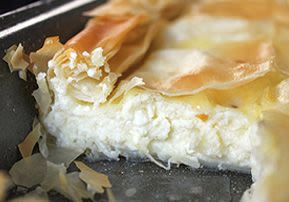
Philo Pastry and Greek Cheeses
If you were looking for the local version of the traditional Greek pastry for breakfast-brunch, or even Shavuot, then here it is! Light and delicious!

Preparation Time: 40-50 minutes
Baking Time: 40-50 minutes
Level of Difficulty: Medium
Kashrut Type: Dairy
Here is an Israeli version of a traditional Greek pastry, which can be served for breakfast, brunch, or at a dairy bar at a small event.
Filo pastry, stuffed with a mixture of cheeses and eggs, is eaten all over Greece. Usually, the filling is rolled in the fillet leaves and then shaped into a snail shape. Sometimes, the pastry is in the form of a pie, wrapped in layers of filo above and below.
The filling will always include cheeses, eggs, and flour, and often a chive sauce as well. Sometimes thick yogurt is added. The Greeks use feta, sometimes in combination with hard cheese made from sheep’s milk and other cheeses. And sometimes, you can use just the cheeses you have at home.
In the recipe here, we chose to use feta, kashkaval, and low-fat cheese, and then bake in a square pan. In this method, it is important that the filling be thick and with a relatively large number of chives and eggs. Most importantly, let the pastry cool and stabilize before cutting it.
INGREDIENTS
(For a 30×20 or 28 cm diameter mold)
6-7 Philo leaves
200 grams of feta cheese (or similar)
200 grams of kashkaval cheese (or other hard cheese)
200 grams of 3% low-fat cheese (can be replaced in the cottage)
3 eggs
Olive oil
For the Béchamel sauce
40 grams of butter
5 tablespoons flour
300 ml milk
Black pepper, salt
Optional: Nutmeg
PREPARATION
1. Roughly grate the feta and kashkaval, and then mix with the 3% cheese.
2. Prepare the béchamel:
-
-
Melt the butter over a low heat in a large pot or pan, and then add the flour and mix.
-
As the flour begins to take on color, begin to gradually add the milk while stirring with a wooden spoon or whisk.
-
Add all the milk, season and cook until simmering.
-
Remove from the heat and allow to cool for a few minutes.
-
3. Mix the béchamel mixture with the cheeses. Stir, and then add the eggs. Salt lightly.
4. Preheat oven to 170 degrees. Grease the mold.
5. On a clean surface, spread the philo leaves and rub the top with a thin layer of olive oil.
6. Transfer the greased leaves to the pan and place them so that it exceeds 5-10 cm from the edges. If there is excess, you can cut with scissors. If the leaves are too small and do not cover the entire area of the pan, place the following leaves so that they partially overlap and complete the pattern.
there is excess, you can cut with scissors. If the leaves are too small and do not cover the entire area of the pan, place the following leaves so that they partially overlap and complete the pattern.
7. Repeat until there are 4 filo leaves on the pan.
8. Pour the egg and cheese mixture in the center of the pan over the philo leaves, and then spread out with a ladle or spoon until a uniform layer is obtained.
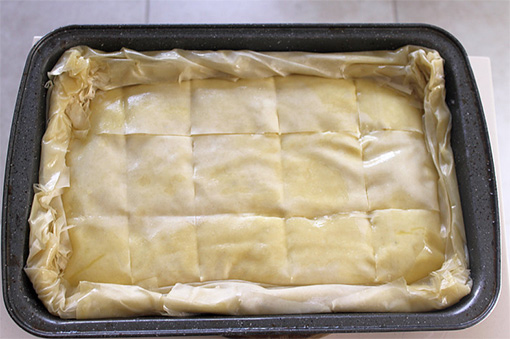 9. Cover with two more filo leaves and roll the edges of the filo outside the mold inside so as to create a “frame” that is attached to the edges of the mold. Grease well with olive oil.
9. Cover with two more filo leaves and roll the edges of the filo outside the mold inside so as to create a “frame” that is attached to the edges of the mold. Grease well with olive oil.
Mark with a sharp knife lines lengthwise and width-wise on the upper fillet, as in the division into portions. They should occasionally penetrate the top philo leaves and reach the filling, to allow the release of steam during baking.
10. Place in the oven and bake until nicely golden (40-50 minutes).
Leave for about half an hour to cool and stabilize. Serve cold or hot.
* * *
Shuki Galili has been marketing online and has been editing the Humus101 blog for the masses since 2006. He has served in editorial roles and as a reporter for technology and food in the daily press, news sites, and print. He is one of the founding generations of the Internet in Israel and has been involved in the establishment, development and promotion (SEO) of dozens of websites and blogs, many of them related to social activity.


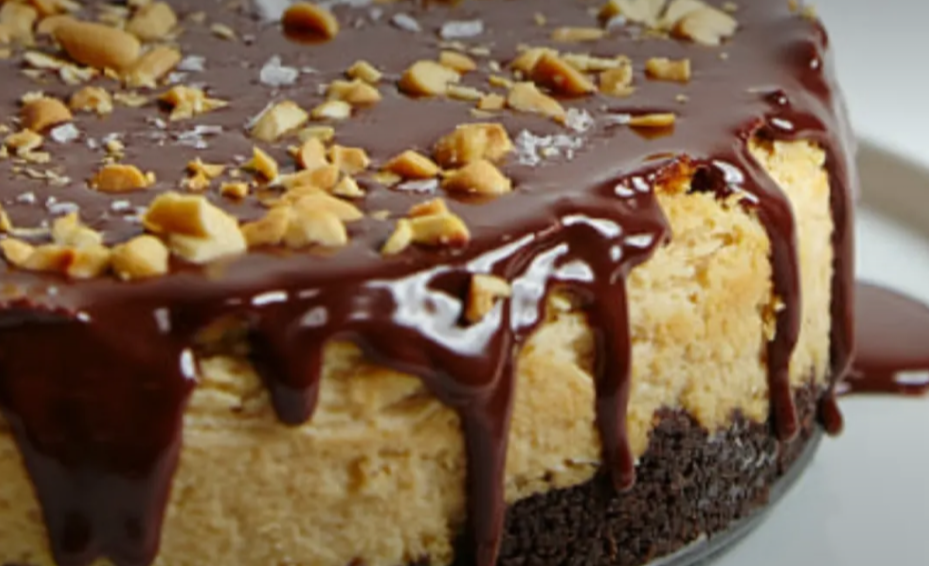
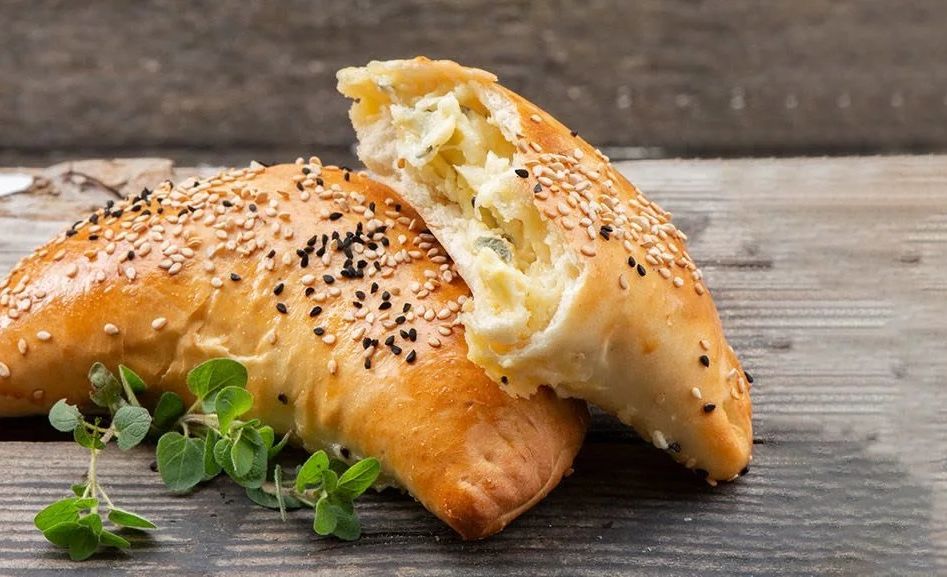

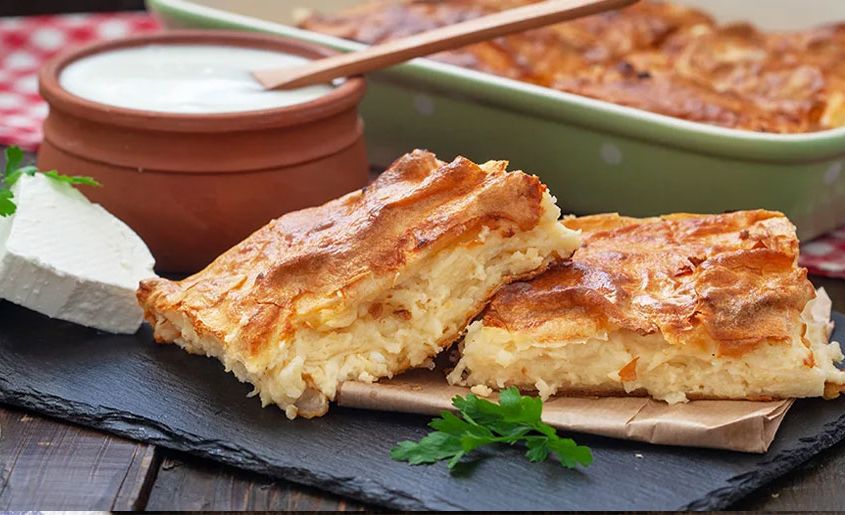
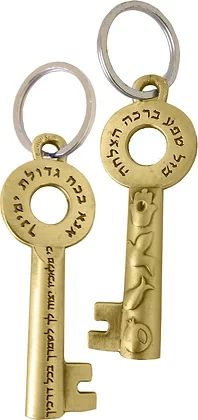





Tell us what you think!
Thank you for your comment!
It will be published after approval by the Editor.